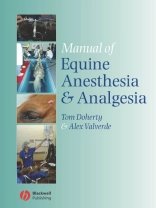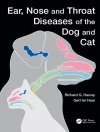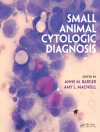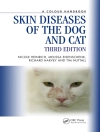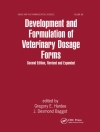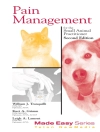In recent years, a number of important developments have been made
in equine anaesthesia and analgesia. These include new methods of
monitoring the patient, the availability of new drugs and the
implementation of new procedures. This book not only covers all the
traditional methods of anaesthesia and recent developments, but it
provides students and practitioners with essential information on
the scientific basis of anaesthesia, as well as giving handy tips
on more practical aspects of anaesthesia, such as drug regimens for
field anaesthesia.
* Covers all the latest developments in equine anaesthesia whilst
providing the reader with lots of practical information
* Includes detailed coverage of the sciences behind anaesthesia
and the drugs used
* Easy-to-read format, with lots of bulleted lists and tabulated
information
Tabla de materias
1. Introduction .
2. Peri-operative Evaluation.
3. Basic Physiology .
4. Basic Pharmacology.
5. Intravenous Fluid Therapy .
6. Blood gases and Acid-Base.
.
7. Monitoring the Anaesthetised Horse .
8. Premedication and Sedation .
9. Induction.
10. Total Intravenous Anesthesia (TIVA) .
11. Inhalation Anesthesia & Anesthesia Machine.
12. Partial Intravenous Anesthesia (PIVA).
13. Ventillatory Support.
14. Analgesia .
15. Recovery from Anesthesia.
16. Foal Anesthesia .
17. Pregnant Mare.
18. Mules and Donkeys .
19. Euthanasia .
20. Remote Capture .
21. Nerve Blocks of Thoracic and Pelvic Limbs .
22. Regional anesthesia .
23. Anaesthesia for Eye Surgery .
* Anesthesia for Colic Cases
.
* Anesthetic Complications
.
* Chemical Control for Transport & Evacuation
.
Appendix: Drug Dosages – A Guide.
Sobre el autor
Thomas Dohertyis Associate Professor of Anaesthesiology at
the University of Tennessee, USA. He lectures in principles of
surgery, pain management and critical care.
Alexander Valverdeis Assistant Professor in
Anaesthesiology at the University of Florida, USA.
